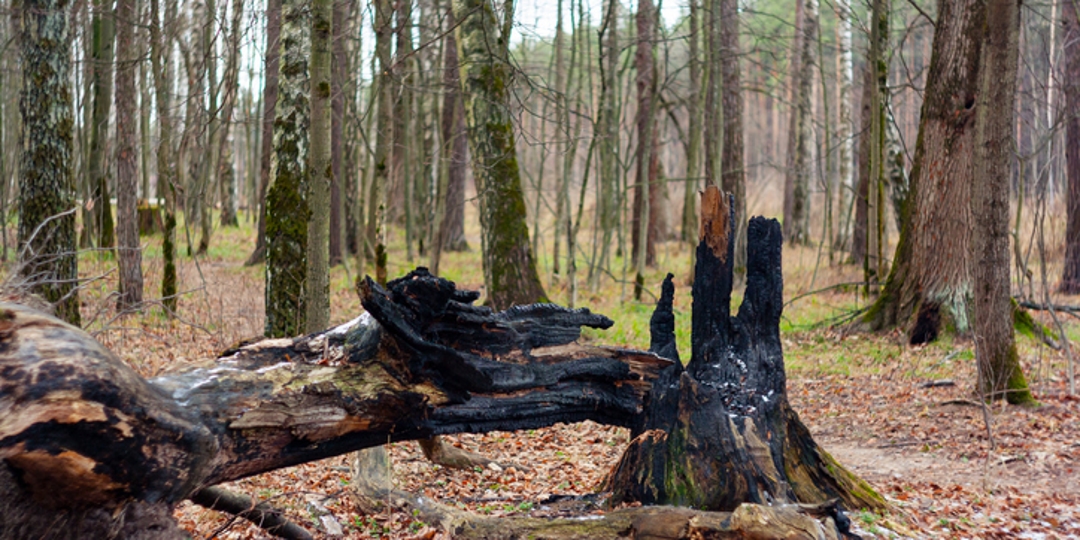Effects of Lightning on Trees and the Road to Recovery
Each year, severe storms pose a significant threat to our trees. Whether it's from the immediate impact of a strike of lightning, gale-force winds, heavy snow or ice, or an after effect brought on by the damage caused by the storm, they can cause a severe decline or, even worse, destroy countless trees along the way.
Today, we're focusing on how lightning can damage trees, why it's so detrimental, and how you can help them recover after lightning strikes.
It might seem obvious, but being struck by lightning can be pretty unpleasant for any living thing. A common misconception people have about trees and lightning is that since they are wooden structures, the effects of lightning are minimal. However, this is not true. Trees can actually be great conductors of lightning given their towering height that supersedes other earthly structures. They also retain quite a bit of moisture in the rain they absorb from the storms and sap.
Thus, a lightning strike can actually cause significant damage to trees. The severity of the injury often depends on the moisture levels in the tree and where it resides in the tree's anatomy at the time of impact.
Thankfully, trees are quite a resilient species. So the death of the tree is not inevitable as a result of the lightning strike. While some may significantly decline or die from even minor external damage immediately following impact, others may live on for years to come.
There are several negative impacts on trees caused by lightning strikes. These include the following:
Severe Stress:
While lightning looks "cool," the heat it gives off is quite intense. This intense heat drains a significant amount of energy from the tree needed to ensure it stays healthy.
Lightning Scars:
Lightning often leaves behind scars on the trees protective layer of bark. These open wounds on the tree leave the tree exposed and vulnerable to potential infestations from insects and disease.
Survival of the Tree:
Your response after lightning strikes and the storm passes is often pivotal to the recovery and survival of the tree.
- Watering: While the tree may have absorbed some rain amidst the storm, it's important to continue watering it following the storm.
- Nutrient Treatments: Due to the stress brought on by lightning, trees may need additional nutrients.
- Preventative Measures: Pest and disease prevention methods may also be needed to help prevent future stressors caused by infestations that could potentially make their way through the exposed lightning scars.
As always, it's essential to have your trees evaluated by a certified arborist to gauge the severity of the damage and determine the specific needs to help them recover. Luckily, Monster Tree Service offers teams of professional arborists expertly trained in emergency storm recovery and plant-health-care services that are always here to help you and your trees find calm after the storm efficiently and safely.

